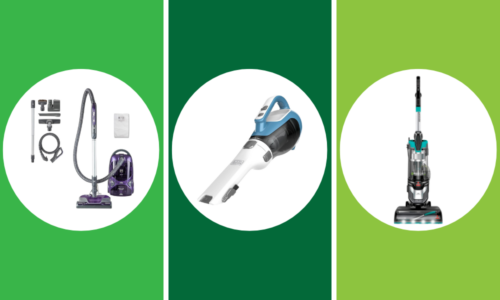Some bad news this week for Verizon customers: The company confirmed Wednesday that the personal information of 6 million customers leaked online.
This means that customer’s phone numbers, names and PIN codes were available publicly online (PIN codes are like a password for your account).
All the data was collected over the last six months during Verizon service calls.
There was a bit of good news, however. Verizon officials say they don’t believe anyone has gotten ahold of the data.
The leak was discovered on June 13, and Verizon fixed the problem on June 22.
The fact that PIN codes were leaked is problematic because a scammer could use the number to make changes to a Verizon customer’s account.
Plus, once a hacker has control over your phone number, he could take control of other accounts that use your phone number as part of a two-factor verification system.
So, what can you do to protect yourself if you’re a Verizon customer?
Tech news site ZDNet, which first reported on the Verizon data leak, has a few suggestions (we should note: They say as many as 14 million customer—not 6 million—records were compromised).
1. Try Logging On
Try logging into your account with your password.
If your password doesn’t work or your security image is not correct, your account may already be compromised. ZDNet suggests calling (800) 922-0204 or dialing *611 from your phone.
2. Change Your Pin
If you’re able to log in to your account, hover over the “My Profile” tab on the upper right side of the screen, then click on “My Profile & Settings.”
Within the “Personal Information & Security” section of this page, you’ll see an “Account PIN” listing. Click “Change Account PIN” and enter a new four-digit PIN number.
RELATED: Wells Fargo to pay $142 million in settlement over fake accounts
3. Change Your Password
Might as well, right? Better safe than sorry.
Curiously, when it comes to changing passwords, research has shown you’re probably safe doing it just 1-2 times a year. So, don’t worry that you need to be doing this every month.
The key, of course, is to create high-quality passwords that are distinct from previous passwords.









